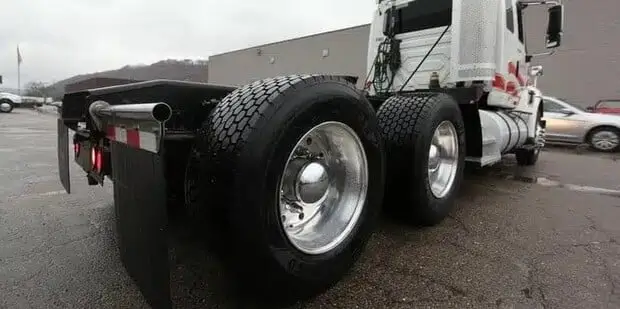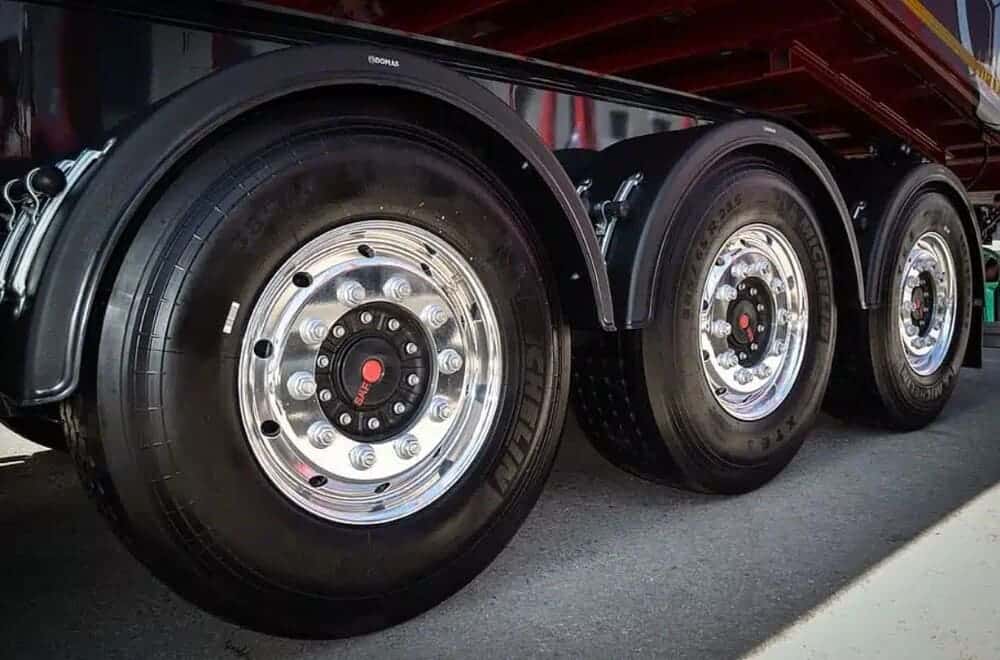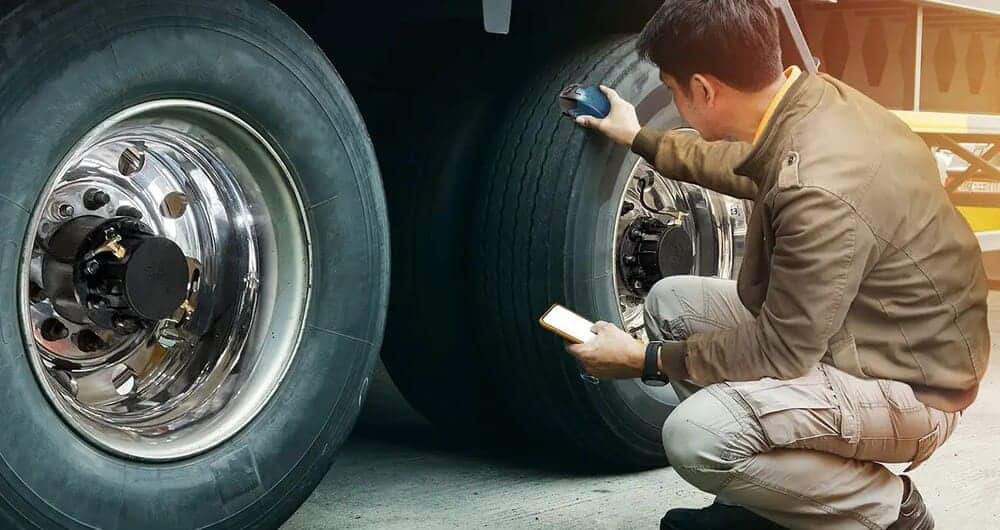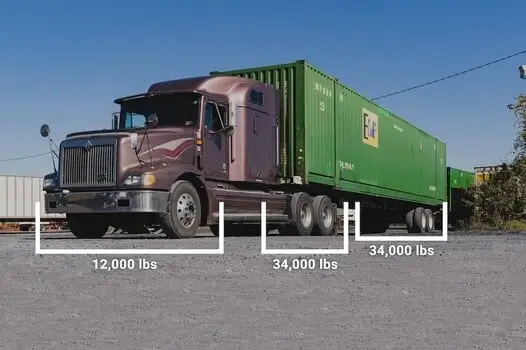

November 1, 2022

4291 Views

5 min read
Dot Regulations Complete Guide About Tire Tread Depth
Page Contents
 Just like the brakes on your car, the tires on your truck are one of the most important safety features. The proper tread depth and good condition of your tires are crucial for this reason. In this article, we’ll discuss the definition of tire tread depth and how to ensure your tires comply with DOT regulations.
Just like the brakes on your car, the tires on your truck are one of the most important safety features. The proper tread depth and good condition of your tires are crucial for this reason. In this article, we’ll discuss the definition of tire tread depth and how to ensure your tires comply with DOT regulations.
What Is Tire Tread Depth?
Tire tread depth refers to the distance between the top of the tire tread and the bottom of its deepest groove. Deeper grooves lead to greater tread depth in your tire. The tread depth of most passenger car tires is around 10/32 inches. Thus, the tread depth of the tire is the same. The tread depth of truck tires usually ranges from 14/32 inches because trucks are heavier than passenger cars and need more tread depth to grip the road. Tread depth for truck tires must reach at least 2/32 inches. Driving on tires with less than 2/32 inches of tread is risky and can cause accidents.
Why Is It Important To Check The Tire Tread Depth On Trucks?
The tires are the sole part of the truck that has contact with the road, and the impact they have on how the truck operates is significant. The truck may slide and skid on wet or icy roads if the tread on your tires is too shallow, leading to accidents. Checking the tread depth on your tires is also important — as the tread wears down, the tire’s ability to grip the road decreases. The truck may slide or hydroplane on wet roads due to this. Even fuel economy is affected by tire tread depth. The tire’s grip on the road decreases as its tread becomes shallower, and the truck is forced to work harder to drive, resulting in more fuel consumption.
What are the Tread Depth Regulations for Commercial Trucks?
All commercial trucks need tires that have a minimum tread depth of 2/32′′ as required by the Department of Transportation (DOT). This tread depth is considered safe for use on public roads. Commercial trucks are not allowed to use tires with less than 2/32′′ of tread depth. Illegal tires mean fines for the driver and the truck being taken out of service. However, many states have their own regulations regarding tire tread depth, and they can even surpass those of the DOT in terms of stringency. For instance, in some states, a minimum tread depth of 4/32′′ is required. To determine any specific regulations, it’s recommended to consult with your state’s Department of Transportation and ensure that your truck’s tires have sufficient tread depth. To accomplish this, regularly check the tread depth and replace the tires once they reach 4/32 inches. This will guarantee the safety of your truck on the roads and prevent any DOT fines.

How To Measure Commercial Truck Tire Tread Depth
Using a tread depth gauge is the most common approach. This inexpensive yet easy-to-use tool can be bought at most auto parts stores. Inserting the gauge into the tire tread is all you need to use a tread depth gauge, and it then will reveal the depth of the tread. 
Step-by-Step Guide
Insert the tread depth gauge into the tire’s groove and push it until it stops to use it. The tread depth will be measured by the number located at the top of the tire. If the tread depth gauge lines up with the 10 mark, it indicates that the tread depth is 10/32′′. Several different areas on each tire must be checked for tread depth. By doing this, you will determine the overall tread depth accurately. Using a penny is another way to measure tire tread depth. Simply insert a penny into the tire tread with Lincoln’s head facing down. The tread depth is less than 2/32′′ if you can see the whole of Lincoln’s head, ranges between 2/8 inch and 4/8 inch when you see just its part, and is 4/32 inches or greater if Lincoln’s head is obscure. Nevertheless, the tire tread depth gauge is the most precise method for determining tread depth.
Where Can You Buy A Tire Tread Depth Gauge?
Tire tread depth gauges can be bought at any car parts store or online. Remember that getting accurate readings requires purchasing a high-quality tool.
How Often Should You Check Your Truck’s Tires?
Regularly checking your tires is important to make sure they comply with DOT regulations. Inspect your tires in case your truck starts slipping or skidding, or if the ride is more difficult than usual.
What To Do If Your Truck Tire Treads Are Uneven
It’s important to take action immediately if you detect uneven treads on your truck tires, as they can lead to poor handling and even a blowout for your truck. Fixing uneven truck tire treads can be done in two ways: rotating tires or adjusting a tire’s pressure. If none of these solutions work, you may have to buy new tires. If you’re uncertain about how to fix your uneven tire treads on your own, it’s a good idea to take your truck to a mechanic. They’ll resolve the problem and even offer you guidance on how to prevent it from happening again.
How To Keep Your Fleet In Check With FleetCare’s Safety Platform
FleetCare is the top truck safety platform that assists fleets in ensuring their safety compliance. Our software allows for easy tracking of your vehicles, drivers, and maintenance records. Tire tread depth monitoring is among the many features we offer to help you stay compliant with DOT regulations in 2024 and beyond. Our tire tread depth feature will allow you to set up alerts to stay informed about the condition of your tires. To learn more about our services or to sign up for a free trial, contact us today.
Sign up for Exclusive Trucking Tips
Test







